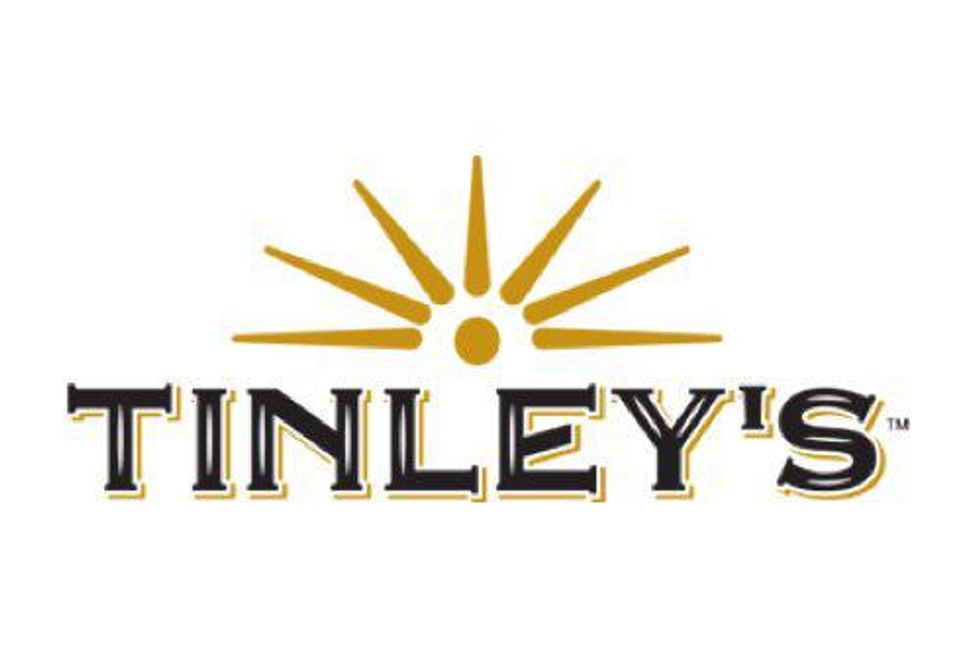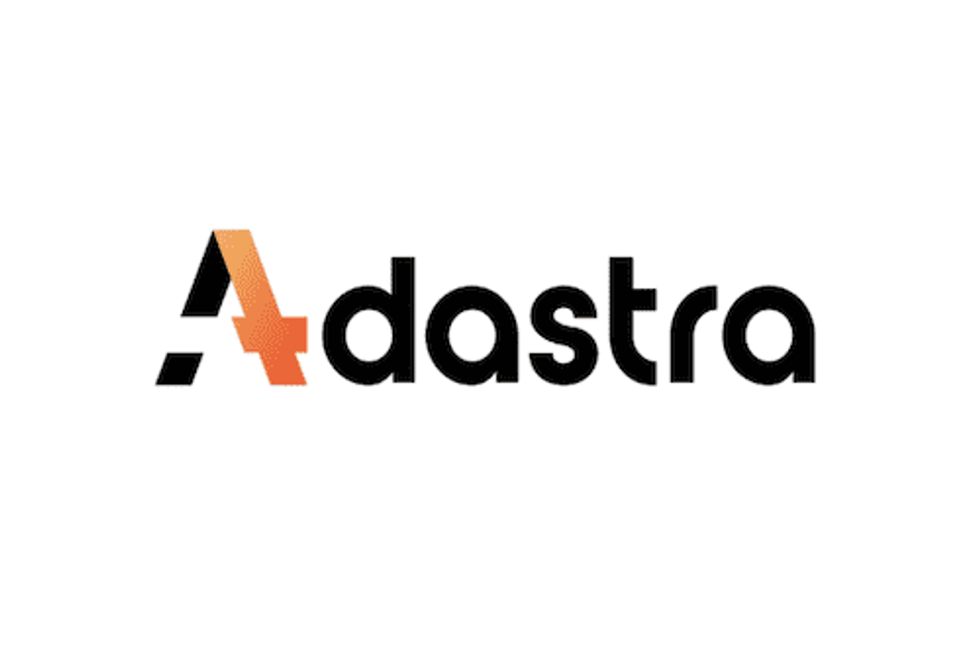Effective Branding: What’s Important in the Cannabis Sector

How cannabis companies can build an authentic brand today for the market of tomorrow.
“A brand is the set of expectations, memories, stories and relationships that, taken together, account for a consumer’s decision to choose one product or service over another.”— marketing guru, Seth Godin.
Cannabis producers, whether in Canada or the United States, are faced with a unique set of branding challenges that include confronting long-standing stigmas and a changing legal landscape. The most successful companies will be those that are able tackle these challenges in a way that sets them apart from their peers.
“Advertising is much more restricted in the cannabis space than in most other industries, and even the marketing avenues that are available to cannabis companies are almost always being crowded by an influx of competition,” said Bridget Renee, Marketing Director at KindTyme, an award-winning design and marketing strategy firm that specializes in the cannabis industry.
A company’s brand is much more than its logo, which means that establishing a strong presence in the emerging cannabis market goes beyond merely slapping a green pot leaf on the packaging.
“Creativity really is the key to cannabis branding, as businesses need to do something different— something memorable— in order to stand out,” Renee told INN. “Avoid the cliches, like a marijuana leaf logo or an oil droplet for concentrate brands, and instead look for opportunities to express who you are on a personal level, what your business values are, and what kind of customers you’re hoping to attract.”
“Authenticity, or the ability to be true to your mission and true to customers, is a key component of effective branding, “ says Trent Kitsch, CEO and Co-Founder of DOJA Cannabis Company, a licensed producer in Kelowna, B.C.
“There are so many dynamic layers to creating a brand, but ultimately a brand is a set of values shared by yourself and your customers,” explained Kitsch, who used his brand-building expertise to found SAXX Underwear, now one of the fastest growing premium men’s underwear brands in North America. “That starts with authenticity, from the leadership down. As Nick Graham, the founder of Joe Boxer told me, authenticity is just being yourself. I think Tesla is a good example of this outside of the cannabis space.”
In the cannabis space, an authentic brand is especially important, Enid Chen, Design Director and Co-owner of Connekta Design Solutions told INN. “A deeper level of vision is essential in order to effectively communicate your brand.” Chen advises cannabis companies to fully develop this vision and align their messaging early on so they then can engage with consumers in meaningful ways. Customers that really understand the brand are more likely to buy into it.
Building a positive, cultural experience
Growing your customer base is crucial for growth in any market. For cannabis companies one of the hurdles to attracting new consumers has been overcoming the social taboos associated with marijuana use and eroding the stereotype of the apathetic stoner.
Cannabis companies in both the medical and recreational markets are fighting back against the stoner stereotype by cultivating a positive life-style image built around health and wellness.
From a design perspective, advertising for cannabis–based businesses seeks to convey trust, professionalism and responsibility by featuring farmers tending organic crops and scientists in lab coats diligently studying a carefully managed strain. Images of everyday people enjoying outdoor activities with friends helps potential consumers relate to the brand.
“As the marijuana industry begins to mature, purveyors recognize the need to separate themselves with distinct branding. The hand-painted signs, bad puns, and Rastafarian flags that once defined the industry are giving way to sophisticated design that abandons aging stoners in favor of more upscale clientele,” explains Scott Kirkwood, a freelance creative director in Denver, Colorado.
For a region already steeped in marijuana culture like British Columbia, Connekta’s Enid Chen says connecting with consumers is more about cultural resonance and addressing their needs rather than eroding stigma. “I think using the phrase ‘overcoming the stigma’ actually raises a lot of eyebrows because for people that have been in this space for a while, especially in a place like B.C., stigma is not a thing to them anymore. People forget there is a deep culture surrounding cannabis in B.C., so rather than stigma, it’s important to discover what is most important to consumers.”
For medical cannabis patients that might be what strains are best for treating their particular condition. For the recreational user, who probably has been smoking for years, rather than stigma they are concerned with discovering who has the best quality flower and how to access it.
This is where “authenticity” becomes critically important, says Chen. Leveraging the region’s reputation for expert cultivation, quality flower and positive vibes means B.C.-based producers will have to remain true to those values within their brand and their product.
Consumer packaging design
Some of the branding strategies cannabis companies are using to promote a more positive association with marijuana consumption include community engagement and good packaging design.
Because packaging is the closest branding element to the product, “it is a much more likely target of judgement,” says Renee. “It’s important to stray away from the expected counter-culture designs (pot leaves, tie dye, tacky art), and opt for more polished and unique packaging. After all, you can’t expect non-cannabis users to take your products seriously if it doesn’t look like you are too.”
Good packaging design is also good for increased sales. According to a recent study by Affinnova, 36 percent of customers purchased a product based on product design and 64 percent of customers chose a new product based on good packaging design.
Packaging design is crucial because it is a reflection of the brand, according to Kitsch, who is combining his expertise in branded consumer packaged goods with his passion for cannabis culture to position DOJA as a market leading lifestyle brand in the cannabis industry. “Good design is part of the paint in the final product. It supports the brand and communicates to the consumer who you are and why your product is superior to the others on the shelf.”
Most cannabis consumers’ purchasing decisions are based on first impressions and budtender recommendations which means that packaging design is one of the few opportunities that a cannabis company will have to promote their product. “Good packaging allows a product to jump off the shelves, stand out and solidify the brand’s identity. It all comes down to ‘memorability’,” says Sebastian Dean, Lead Designer at Portland, Oregon-based KindTyme.
Connekta’s design principles are founded on the importance of maintaining brand authenticity through minimalistic design. “Good packaging requires thoughtful consideration for shapes, textures, colors, materials, and visual appeal,” says the company’s website.
Advertising regulations in Canada
As Canada moves closer to legalization on July 1, 2018, there is still some uncertainty as to how the government will regulate cannabis-related advertising and marketing. Canada’s cannabis task force has recommended plain packaging that only conveys the company name, strain name, price, amounts of psychoactive ingredients and warnings.
“The Government of Canada’s legislation on cannabis legalization set out broad parameters in anticipation of developing details for the branding, marketing and advertising for recreational cannabis,” says CannabisConnect, a division of government relations firm Global Public Affairs. “Meaning that the framework governing this part of the industry will be largely determined through a regulatory framework and package developed in conjunction, but finalized after the legislation passes Parliamentary review.”
In the lead up to legalization, Canadian-based cannabis companies are lobbying the government for advertising rules that will enable them to effectively brand and market their products. Their argument is that such branding is critical to luring cannabis customers away from the multi-billion dollar black market—which is the premise behind the federal government’s move to legalize cannabis consumption in the first place.
In July 2017, sixteen of Canada’s licensed producers together with the Canadian Medical Cannabis Council and Cannabis Canada Association announced their collaboration with the Advertising Standards Canada (ASC) to develop guidelines on the branding and promotion of cannabis. The licensed producers include Canopy, The Green Organic Dutchman, Supreme Pharmaceuticals and WeedMD. “[I]t is critical that Licensed Producers can push back against Canada’s thriving illegal market, while educating adult consumers about various product strains, responsible use as well as how to differentiate between high and low-quality cannabis product,” noted the press release.
Any restrictions on marketing aren’t likely to hamstring creativity when it comes to a company’s branding power, however, note many in the design and marketing space. The key components are establishing your brand ahead of the curve, as Chen recommends, developing a high quality product that speaks for itself and developing creative alternatives to traditional forms of marketing.
Speaking to the importance of a quality product, DOJA’s Trent Kitsch says, “You can’t build a brand from the box in; you have to build a brand from the product out. Essentially, your brand can’t be built without a quality product first.”
Connekta’s Enid Chen agrees, “You don’t have to shout in order to stand out. What’s crucial is that your brand reflects the power of your product without overwhelming the consumer.”
There may be some challenges in communicating your message given the proposed regulations, she acknowledges, but Chen says cannabis companies with effective branding are those with a portfolio of marketing tools that step outside the traditional channels. This toolbox includes a number of strategies such as well-crafted websites, informative blog posts, conferences and sponsored events as well as branding on non-cannabis related products.
A strong online presence is important along with “building a unique brand that can creatively engage their customers and overcome competition”, advises Maxwell Duchaine, President of MMJ Hype, a Vancouver-based medical marijuana marketing agency.
“Make your company synonymous with the cannabis community.”—Nick Hilden
Another strategy for brand differentiation and consumer engagement is off-line community-building. “Cannabis is more than a product—it’s a movement,” writes Nick Hilden, a partner and creative director at Craft Cannabis Marketing. “Whether we’re talking about medicinal applications, legal issues, or simply the enjoyment value, remember that there is a larger culture around your product. Your brand needs to be a driving force in that culture.”
DOJA Cannabis, for example, is building brand awareness and providing cannabis information through its DOJA Culture Café in Kelowna, BC. While the café doesn’t yet offer cannabis products for sale, it does offer guests premium coffee and DOJA-branded clothing, and includes a cannabis education center with access to a network of doctors providing education and script for people looking to access cannabis under Canada’s Access to Cannabis for Medical Purposes Regulations.
“Cannabis companies have a critical role to play in building a more positive cultural image of cannabis,” says Kitsch. “We have a responsibility to create an environment where the community can freely engage in dialogue and access information about cannabis and its benefits.”
“Talking to real people and sticking you your core message is the key to a successful branding strategy,” believes Chen. Her work with CannaRep is a great example of how a cannabis brand can be a part of the larger culture. CannaRep is a cannabis coaching program that offers training and education to dispensaries and patients through a 6-month workshop. The idea behind CannaRep came from the Cann Help Deck, a cannabis education tool informed by years of data collected via the work of long-time cannabis patient advocate and lobbyist Adolfo Gonzales.
Designed by Connekta, the Cann Help Deck is now widely recognized by many cannabis dispensaries as an essential guide and used by medical cannabis practitioners in Canada to provide patient care. “We look forward to creating future additions with improvements to bring the deck to the next level and continue the movement of cannabis education through design.”
What’s next
What’s around the corner for cannabis branding? Cannabis industry analyst Andre Bourque says it best: “Regardless of how you feel about the industry, cannabis is rebranding, and has the potential to become everything you think it’s not.”
Bourque thinks the coming years will be marked by transformation. We will see a “shift” in the symbols, colors and language associated with cannabis and a move toward “labeling that appeal[s] to new demographics.” In five-years-time, Bourque forecasts we may be living in an age where cannabis has gone entirely mainstream.
This INNspired article was written according to INN editorial standards to educate investors.





